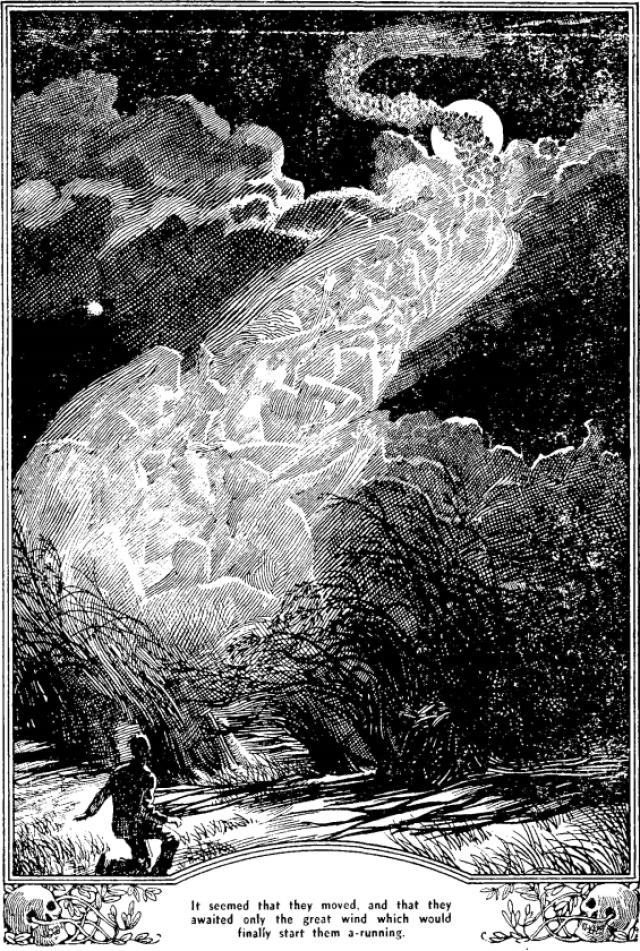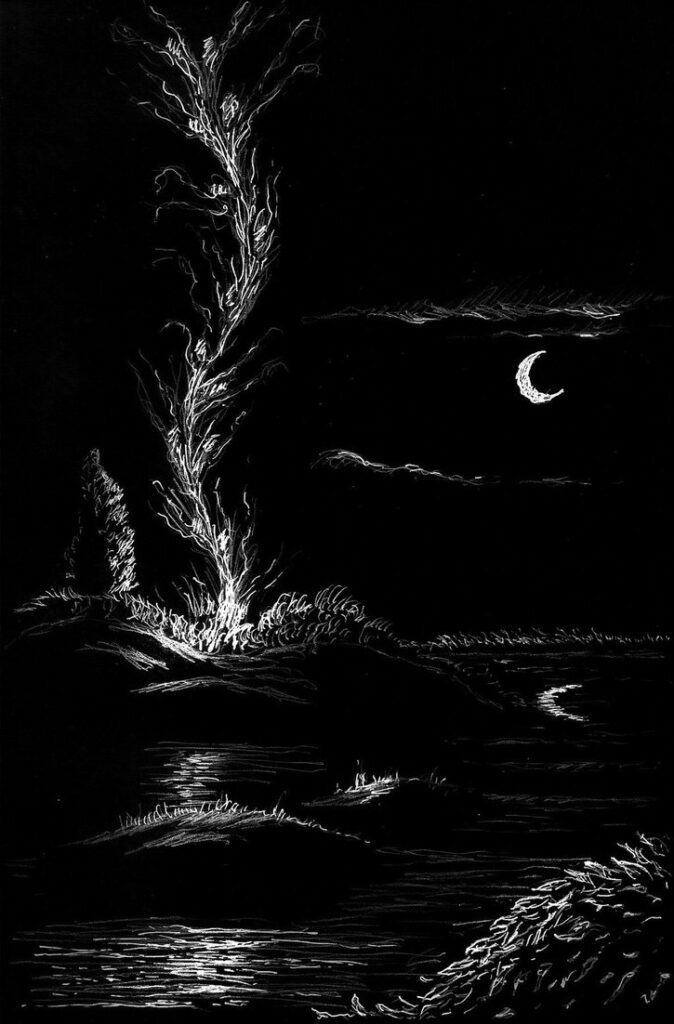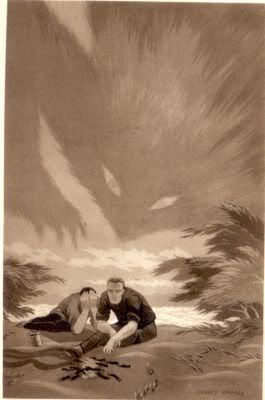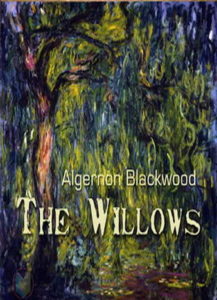(Originally posted on August 21, 2018)
The Willows by Algernon Blackwood was often referenced fondly by H.P. Lovecraft as one of his main inspirations. I can definitely see the influence there, although it’s stylistically different than Lovecraft’s writings.
When I first read the story, the ideas didn’t hit me as strongly as they should, as I was expecting something more overtly Lovecraftian. It’s a very subtle and insidious form of horror that takes a second reading to properly appreciate. Don’t try to compare it to Lovecraft, just read it with no expectations. Then it hits you with the proper strength.
One of the reasons I appreciate it so much is that the form of the story is both simple in the extreme and intellectually complex at the same time.
Rolling Down the River
(There will be spoilers.)
The setting of the entire story takes place on a stretch of the Danube River (the Dunajské luhy Protected Landscape Area in modern Slovakia) mostly upon a single, shallow island covered with willow trees. The area is far from civilization and it is made readily apparent that the two protagonists could disappear and no one would know.
The narrator and his friend “The Swede” are taking a simple canoe trip down the river. They only see one other distant person on a raft, who seems to try to warn them off the island before disappearing down the river. At one point they think they see an “otter”, but there seems to be something wrong with it.
This might sound like a straightforward horror tale, but it’s really not. Nothing so mundane as a ghost or river monster attacks the two vacationers.

Never Get Off the Boat
Things start going wrong, as they are wont to do in such tales.
During the night, in the midst of a windstorm,
the two of them sense presences around them. Strange tapping and gong sounds and shapes caught out of the corner of their eyes plague them. The narrator seems to see weird figures in the willows, rising into the air. But when he tries to investigate, they seem to disappear.
In the morning, one of their oars mysteriously disappears and the other has been damaged. Worse, a hole appears in the bottom of their canoe. It also seems as if some of their supplies have gone missing.
There are also weird funnel-shaped holes in the sand.
Keep in mind this is a very small island. No more than a glorified sandbar with willows growing out of it. And it’s surrounded by a rushing, deep river. It doesn’t get much more isolated than this.

What You Don’t See
While all of this is going on and they’re repairing the boat, the narrator attempts to rationalize everything. The Swede, on the other hand, seems to think that they’re in the midst of otherworldly, unexplainable entities who wish them ill. He also insists that the sabotage was to “prepare them for the sacrifice”.
They try to get off the island during the day, but the seal they put on the canoe takes too long to cure, forcing them to spend a second night.
The wind is calm, but they still feel the presences. The eerie sounds return, including a weird humming. The Swede believes that if they don’t think about the entities, they can’t find them. They try everything to distract themselves, but are only saved from an approaching entity by the Swede passing out, so it passes them by, leaving more of those weird funnels in the sand.
During the night, the Swede attempts to throw himself in the river, only to be stopped by the narrator.
When the morning comes, the Swede believes that the entities have found another sacrifice. They then find a corpse of a local peasant, with those same funnel-shaped holes in his body.

Why It Works
My description of it doesn’t really do it justice. Algernon manages to imbue everything about the river and island with a form of barely-repressed menace. Even the willows become a threat.
This is a tight horror setting. One island and two protagonists. No visible antagonists. Total isolation. A sense of powerlessness. A rising sense of the malevolent.
All the check marks are there. This is a horror tale with virtually no fat on it. Moreover, there is no easy explanation. Was it merely a shared hallucination? A strange, but unknown terrestrial phenomenon? Or something otherworldly?
The isolation and cryptic nature of the threat make this story great, even if it never influenced Lovecraft–which it did. If you enjoy Lovecraft’s work, you’ll enjoy this.

Don’t take my word for it. It’s available online in multiple spots, both as a free ebook download or as an audiobook. Go read it.



